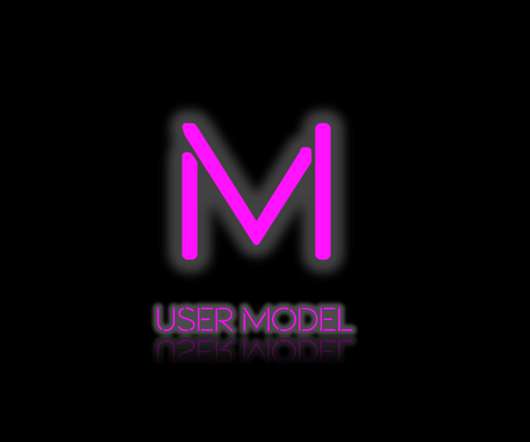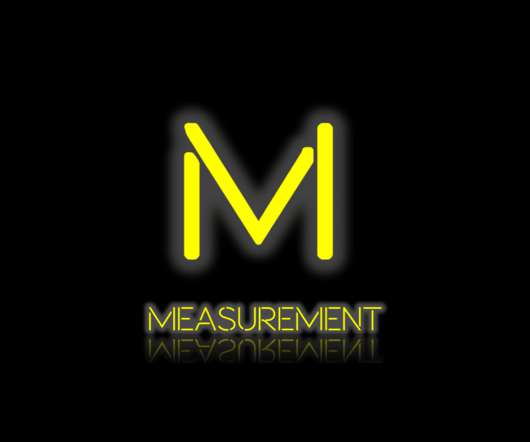User Model: What SaaS platform builders need to know to prepare for growth, Part 1
CloudGeometry
JANUARY 15, 2022
First: SaaS is a business strategy, not a technology strategy. Tenant isolation also drives requirements for security, compliance, geo-based platform selection, data privacy, and more. For instance, HIPAA compliance requires a very different user model than multiplayer social games. There are many ways in which this applies.













Let's personalize your content